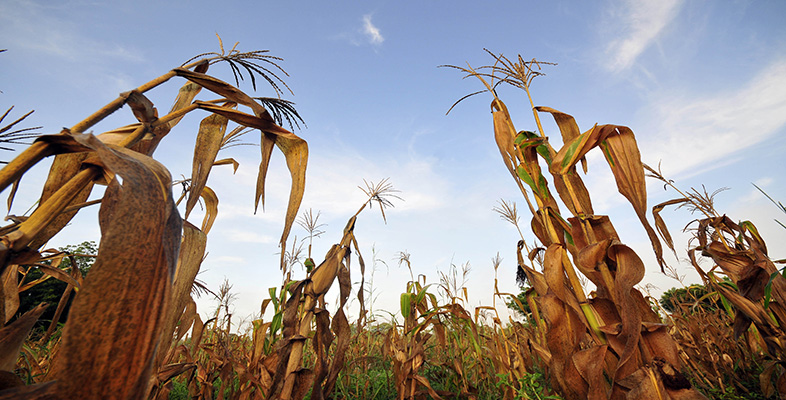6.3 Sustainable development
The third approach to balancing human needs with environmental protection is to try to come to grips with what we mean by sustainability.
The most widely quoted definition of sustainable development is the one used by Gro Harlem Brundtland in the highly influential book Our Common Future (Brundtland, 1987):
'Sustainable development is development that meets the needs of the present without compromising the ability of future generations to meet their own needs.'
While it would be hard to disagree with this definition, it is very broad and capable of many interpretations. Brundtland goes on to explain that it contains two key concepts:
'the concept of human needs, in particular the essential needs of the world's poor, to which overriding priority should be given; and
the idea of limitations imposed by the state of technology and social organisation on the environment's ability to meet present and future needs.'
The idea of limits on the environment's ability to cope with our technologically serviced needs has been one of our central discussion points. The other concept – human needs – we have just begun to explore, though our case studies have concentrated on the UK and other industrialised countries. The Brundtland definition does make it clear that priority is to be given to human needs, to the poor in particular, but does not say how. Many have attempted to spell out the implications in more detail, as in the following definition, where the emphasis is slightly different:
'To promote development that enhances the natural and built environment in ways that are compatible with:
The requirement to conserve, even increase overall the stock of natural assets
The need to avoid damaging the regenerative capacity of the world's natural ecosystems
The need to achieve greater social equality
The avoidance of passing additional costs and risks to succeeding generations.'
(Blowers, A., 1993, p. 6)
If we accept that human (and economic) development is an integral aim of sustainable development, the question still remains: where does the balance lie between human and environmental needs? We can use a familiar example to illustrate this point: the emission of greenhouse gases and its effect on global climate. In terms of the global climate, sustainability means that the changes must be limited so that neither the rate of change nor the absolute change of climate is damaging to ecosystems or humans and their economic activities. While there may be discussion about the precise figures, there is a general consensus that to achieve this a cut in global greenhouse gas emissions of more than 50 per cent is needed, and sooner rather than later. Now where should they fall? Considerations of equity (fairness) suggest that industrialised countries should bear the lion's share of the cuts, and that means they have to make cuts much deeper than 50 per cent, while the less developed countries are allowed to continue to develop. After all we cannot deny the inhabitants of India and China their 'right' to have a refrigerator. What we can do, given the political will, is subsidise their development so that they are able to use the cleanest and most effective technologies. Greenfreeze is thus a very positive example of what can be achieved, but, at the moment, it is an isolated example.
